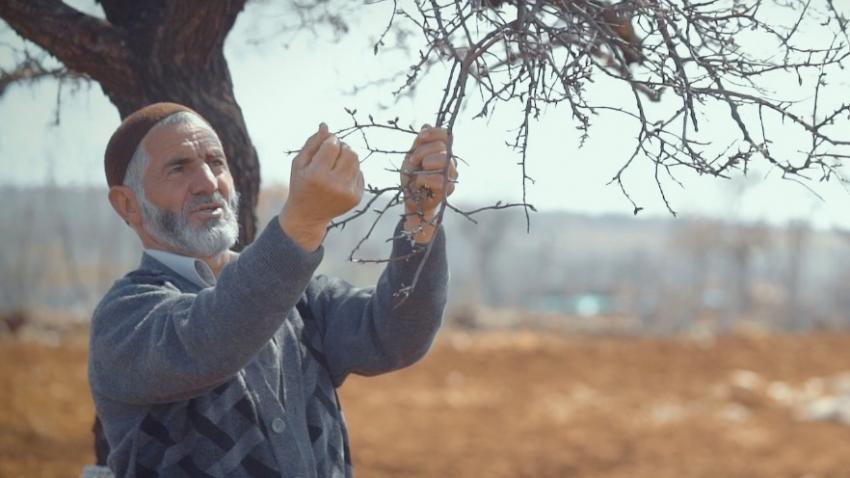This pilot programme, implemented with the help of the Southeastern Anatolia Project Regional Development Administration (GAP RDA), the regional government of Diyarbakir and the United Nations Development Programme (UNDP) Turkey helped farmers introduce new climate-appropriate crops with higher profit margins, such as tomatoes and peppers. Compared to traditional regional crops like wheat and lentils, organic fruits and vegetables have higher market prices and are much easier to sell, leading to less wasted food.
The project also helped create a farmers’ union called the Egil Organic Grain Producers Union. Starting off with only 34 members, it soon grew to more than 400, enhancing cooperation between farmers and the government and market institutions in the region.
With the GAP Organic Cluster Project, all three elements of sustainable development fell into place on a village scale.
- The society benefits from Ilgın’s organic produce by gaining traceable, controlled and safe food products while the newly created union helps to involve and empower women and youth in the village.
- The economy received a boost, with farmers reporting an annual income increase of more than three times the cost of the project.
- The environment of the village became less polluted while sustainable farming practices also helped to minimize soil loss through minimal cultivation. This has already led to an increase in the number of birds and other species in the region.
What are the inspiring breakthroughs and success stories that illustrate SDG implementation? What are the good practices that can be replicated and scaled up? What are the gaps and constraints and how should we address them? Looking ahead, what steps should we take to accelerate progress? To help answer these and other questions, UN DESA gathered more than 600 good SDG practices in a searchable online database. Be inspired by SDG solutions that work: https://sustainabledevelopment.un.org/partnerships/goodpractices
Photo: UNDP

